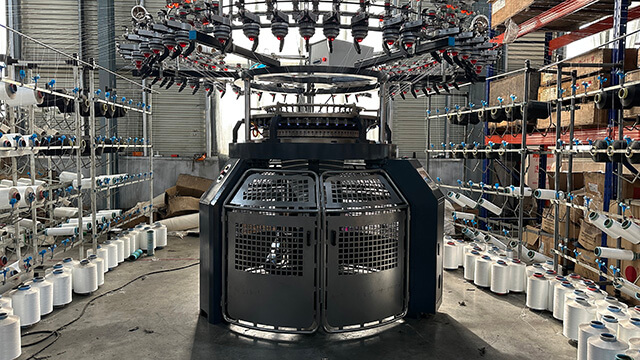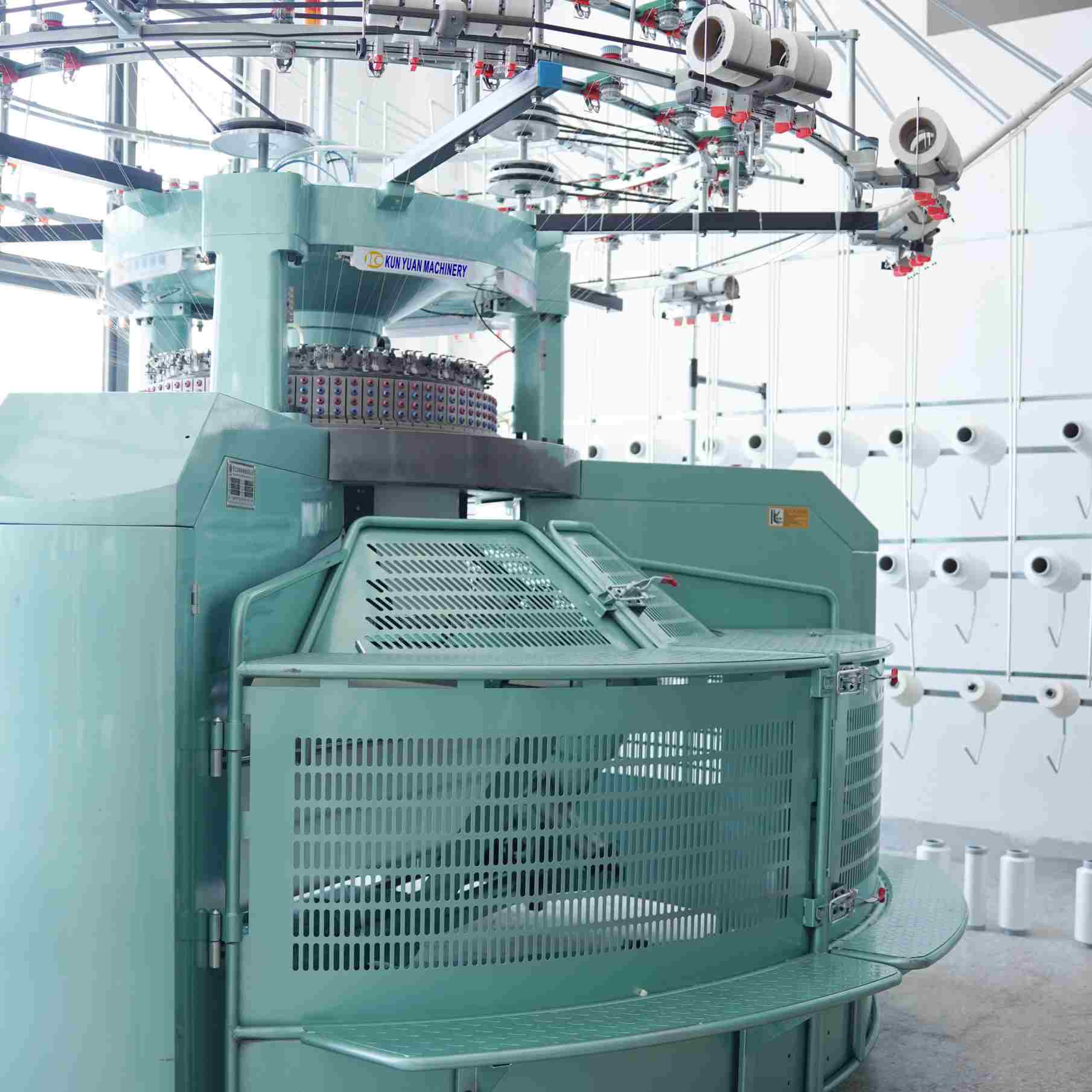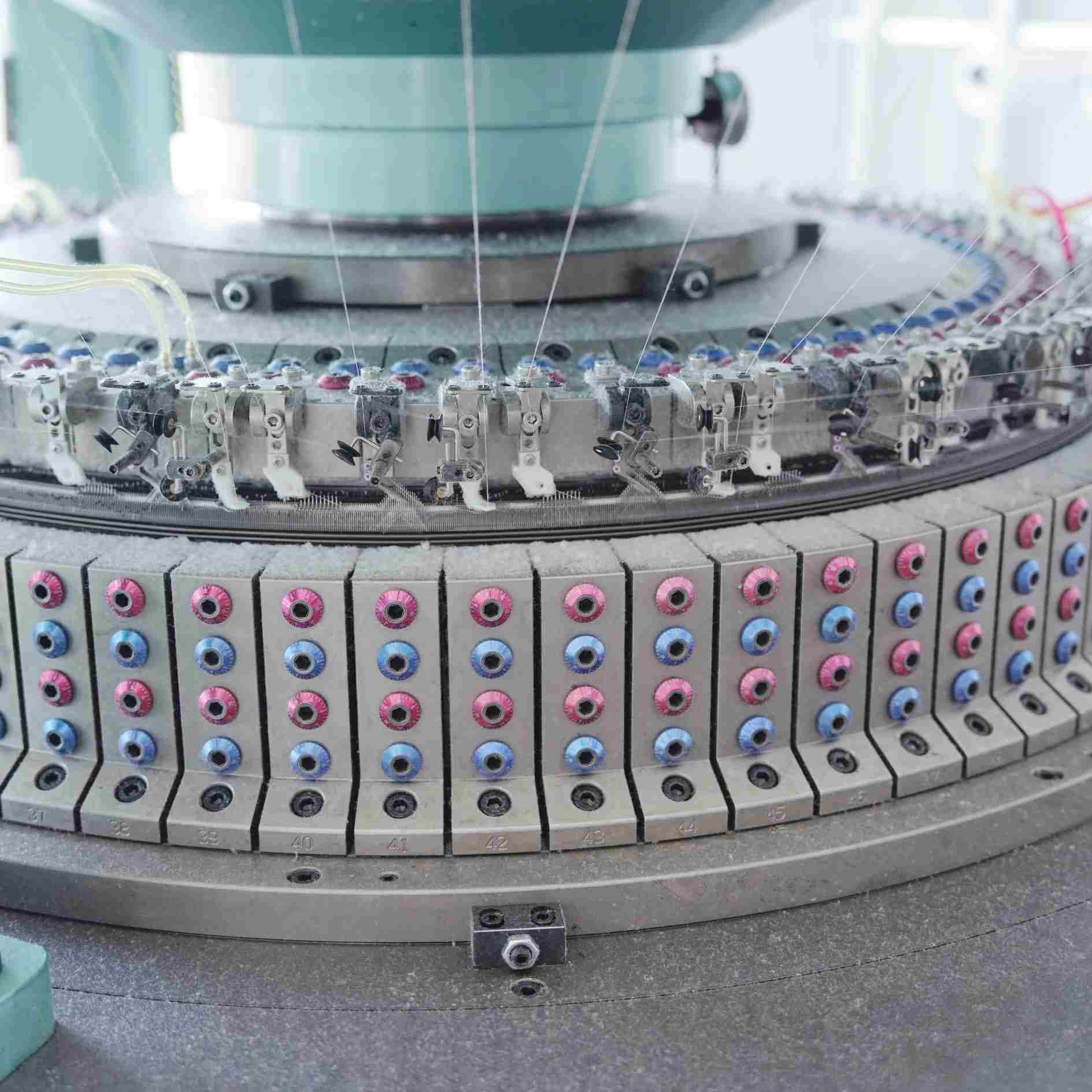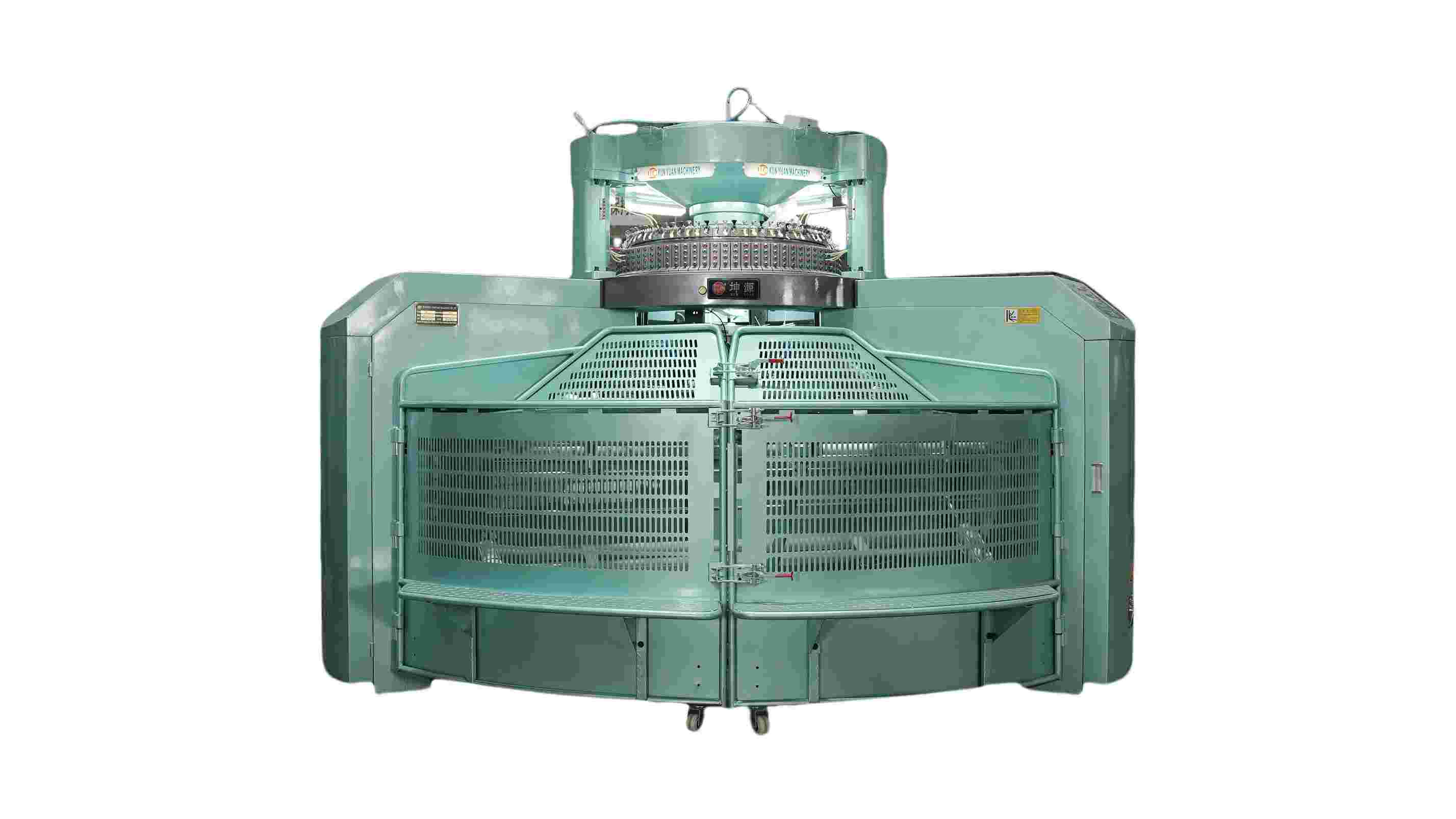
1. Determine Your Requirements. 2. Research Different Brands and Models. 3. Consider the Machine's Features. 4. Assess the Machine's Ease of Use. 5. Evaluate the Machine's Durability and Maintenance. 6. Set a Realistic Budget. 7. Test the Machine if Possible. 8. Seek Expert Advice. Conclusion....
1. Apparel Industry. 2. Home Textiles. 3. Automotive Industry. 4. Sports and Outdoor Equipment. 5. Medical and Healthcare. 6. Hospitality Industry. 7. Cleaning and Janitorial Services. 8. Industrial Applications. Conclusion....
1. Cleaning the Machine. 2. Lubrication. 3. Needle Maintenance. 4. Tension Adjustment. 5. Check the Belts and Pulleys. 6. Regular Calibration. 7. Electrical Safety. 8. Record Keeping. Conclusion....
Introduction. 1. Unboxing and Inspection. 2. Choosing the Right Location. 3. Assembling the Machine. 4. Connecting Power and Yarn. 5. Familiarizing Yourself with the Controls. 6. Testing and Troubleshooting. 7. Maintenance and Cleaning. 8. Expanding Your Skills. Conclusion....

The High Pile Cutting Circular Knitting Machine is a state-of-the-art textile manufacturing equipment designed for producing high-pile fabrics with precision and efficiency. This machin...

The High Pile Jacquard Circular Knitting Machine is a state-of-the-art textile machinery designed to produce high-quality jacquard fabrics with a high pile finish. It is equipped with a...

This machine features a pneumatic opening width system that ensures smooth fabric spreading and rolling, reducing wrinkles and improving fabric quality. Designed for double-sided knitti...
A Pneumatic Double-side High Foot Opening Knitting Machine typically refers to an advanced knitting machine designed for producing knitted fabrics with specific features like high foot ...
The Double-Sided Thread Interchangeable Circular Knitting Machine is a cutting-edge textile machine designed to produce high-quality, double-sided knitted fabrics with the ability to ...